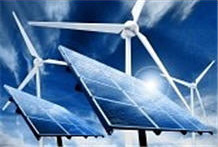This practice expands and complements the classical building design concerns of economy, utility, durability, and comfort by:
- Efficiently using energy, water, and other resources
- Protecting occupant health and improving employee productivity
- Reducing waste, pollution and environmental degradation
Green buildings include measures to reduce energy use. To increase the efficiency of the building envelope, (the barrier between conditioned and unconditioned space), we use high-efficiency windows, as well as properly insulating walls, ceilings, and floors.
Designers orient windows and walls and place awnings, porches, and trees to shade windows and roofs during the summer while maximizing solar gain in the winter. In addition, effective window placement (daylighting) can provide more natural light and lessen the need for electric lighting during the day.
Reducing water consumption and protecting water quality are key objectives in green building. Our nation’s water supplies are dwindling and in many areas, the demands exceed what is available.
Conservation of water can be accomplished through effective building design by minimizing the distance hot water travels from the water heater to the point of delivery, use of on-demand tankless water heaters, ultra-low flush toilets and low-flow shower heads.
Water conservation can also be achieved through site design by using plants and trees, through green roofs, rain gardens, and using packed gravel or permeable concrete instead of conventional concrete or asphalt to enhance replenishment of ground water and reduce surface water runoff.



Hi, this is a comment.
To delete a comment, just log in and view the post's comments. There you will have the option to edit or delete them.